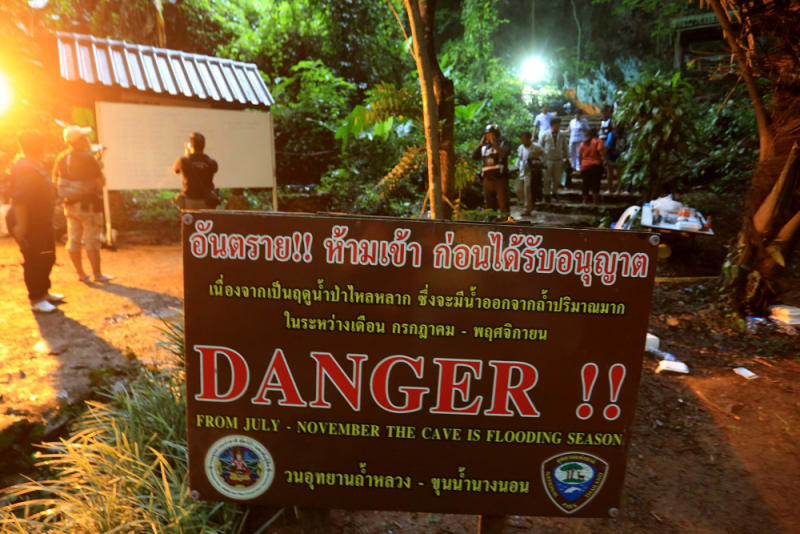Not a result of engineering, but one that might benefit from it.
The kids soccer team is trapped in a cave. From the graphic on the news it seems there are several pools that have sealed off the exit path. The children are supposed to be unable to swim, though I don't know that that is a special limitation. More concerning is that using scuba equipment might be too complicated for them; not only are they not familiar with it, the water they will move through is so murky that they would essentially be blind, deaf, and unable to communicate so that even guides would be unable to help them escape.
There is no immediate problem for them; they are now supplied with food and water and medical care. They have been without food for a week and will take a while to recover from that.
However, there is no known time at which the water will recede from the cave. I expect that there is insufficient pumping capacity to offset the rate at which it can be replenished. On the news they estimated weeks to months before the cave might dry enough.
Since they are in the cave, the passage was certainly large enough to get in and so there should still be enough room to get out. In particular full-sized adults have made the journey.
A thought occurs to me that it should be possible to pull corrugated tubes through each of the pools and then pump those out. If the ends are above water, there should be no replenishment beyond minor leaks for the pumps to offset. Using these the children should be able to crawl out, and will have light and audible communications to guide them.
The water is apparently only 16 feet deep at most, so the pressure can't exceed 8 psi. Anchorage will be required to keep it from shortening axially, but that should be a few hundred pounds to be useful.
I would estimate that a 24 inch diameter would be enough. I'm thinking of construction as is used for ventilating manholes, possibly with stronger wire.
If the tube obstructs the path for the adults, then they can wait the few days while the tubes are placed, the children escape, and then the tubes can be retrieved. If they are anchored against the cave roof by buoyant forces, they can be flooded again and then pulled back out.
Does this seem like a feasible way out?
The kids soccer team is trapped in a cave. From the graphic on the news it seems there are several pools that have sealed off the exit path. The children are supposed to be unable to swim, though I don't know that that is a special limitation. More concerning is that using scuba equipment might be too complicated for them; not only are they not familiar with it, the water they will move through is so murky that they would essentially be blind, deaf, and unable to communicate so that even guides would be unable to help them escape.
There is no immediate problem for them; they are now supplied with food and water and medical care. They have been without food for a week and will take a while to recover from that.
However, there is no known time at which the water will recede from the cave. I expect that there is insufficient pumping capacity to offset the rate at which it can be replenished. On the news they estimated weeks to months before the cave might dry enough.
Since they are in the cave, the passage was certainly large enough to get in and so there should still be enough room to get out. In particular full-sized adults have made the journey.
A thought occurs to me that it should be possible to pull corrugated tubes through each of the pools and then pump those out. If the ends are above water, there should be no replenishment beyond minor leaks for the pumps to offset. Using these the children should be able to crawl out, and will have light and audible communications to guide them.
The water is apparently only 16 feet deep at most, so the pressure can't exceed 8 psi. Anchorage will be required to keep it from shortening axially, but that should be a few hundred pounds to be useful.
I would estimate that a 24 inch diameter would be enough. I'm thinking of construction as is used for ventilating manholes, possibly with stronger wire.
If the tube obstructs the path for the adults, then they can wait the few days while the tubes are placed, the children escape, and then the tubes can be retrieved. If they are anchored against the cave roof by buoyant forces, they can be flooded again and then pulled back out.
Does this seem like a feasible way out?


